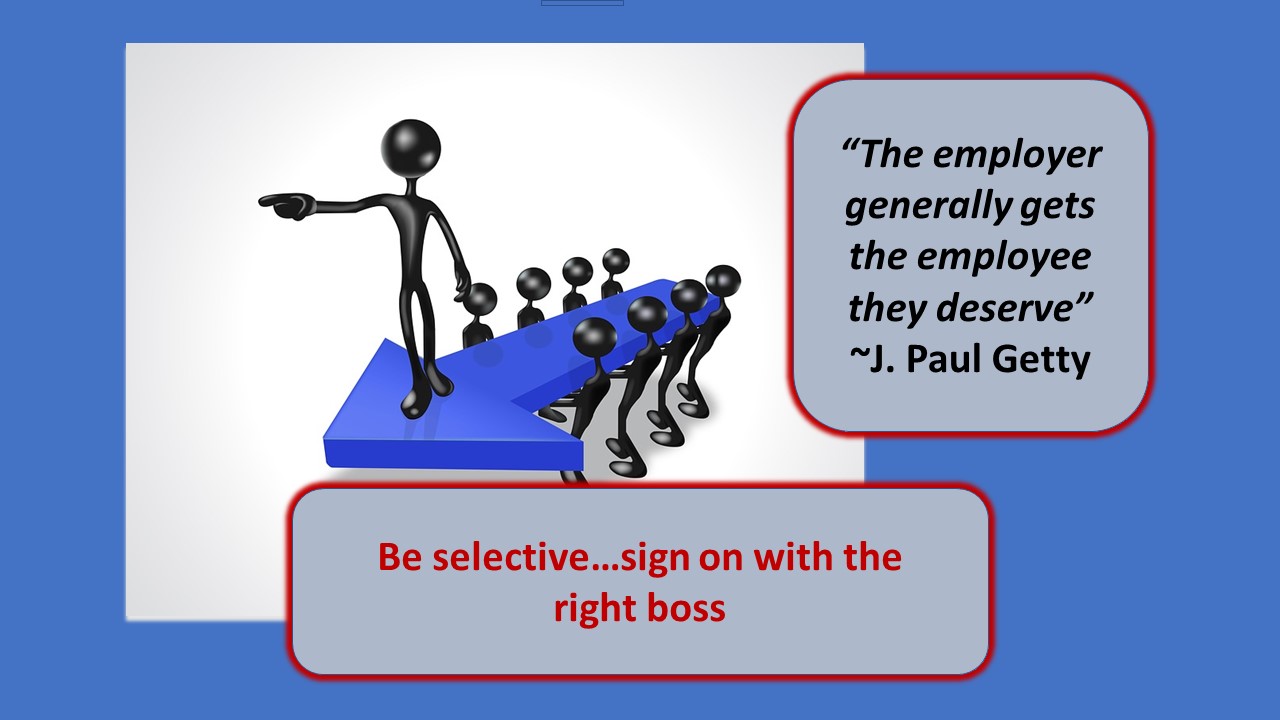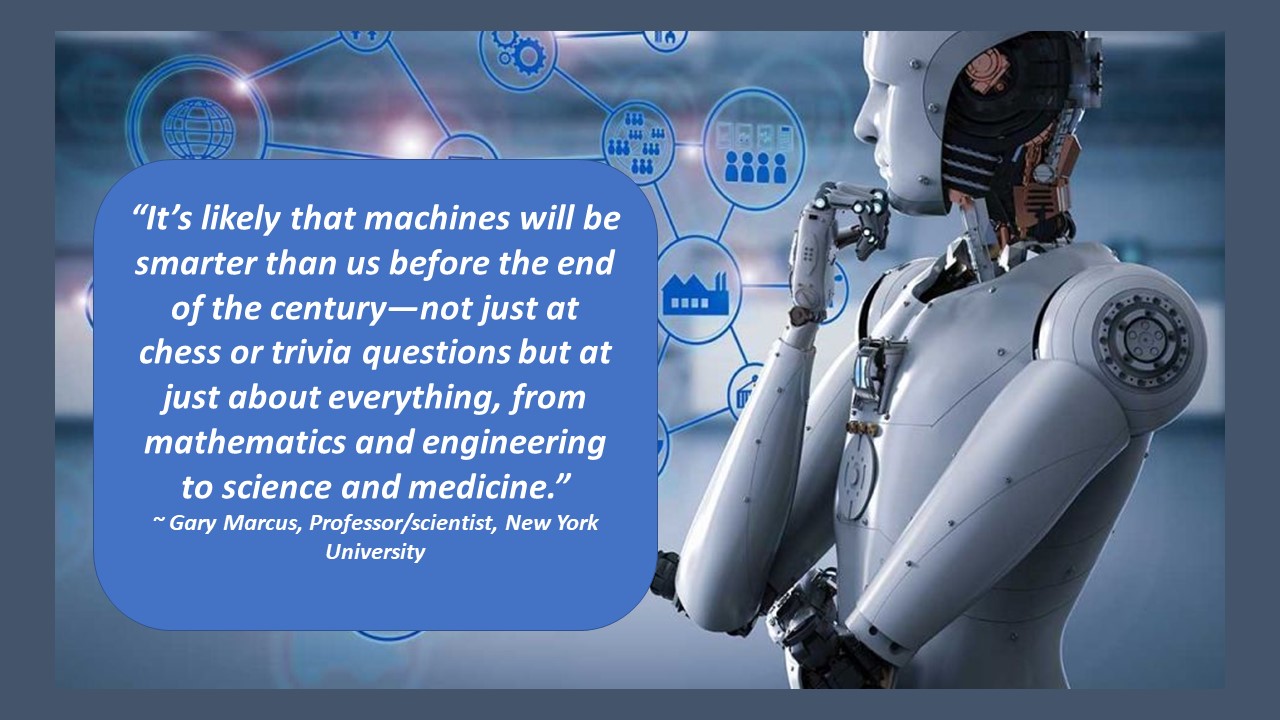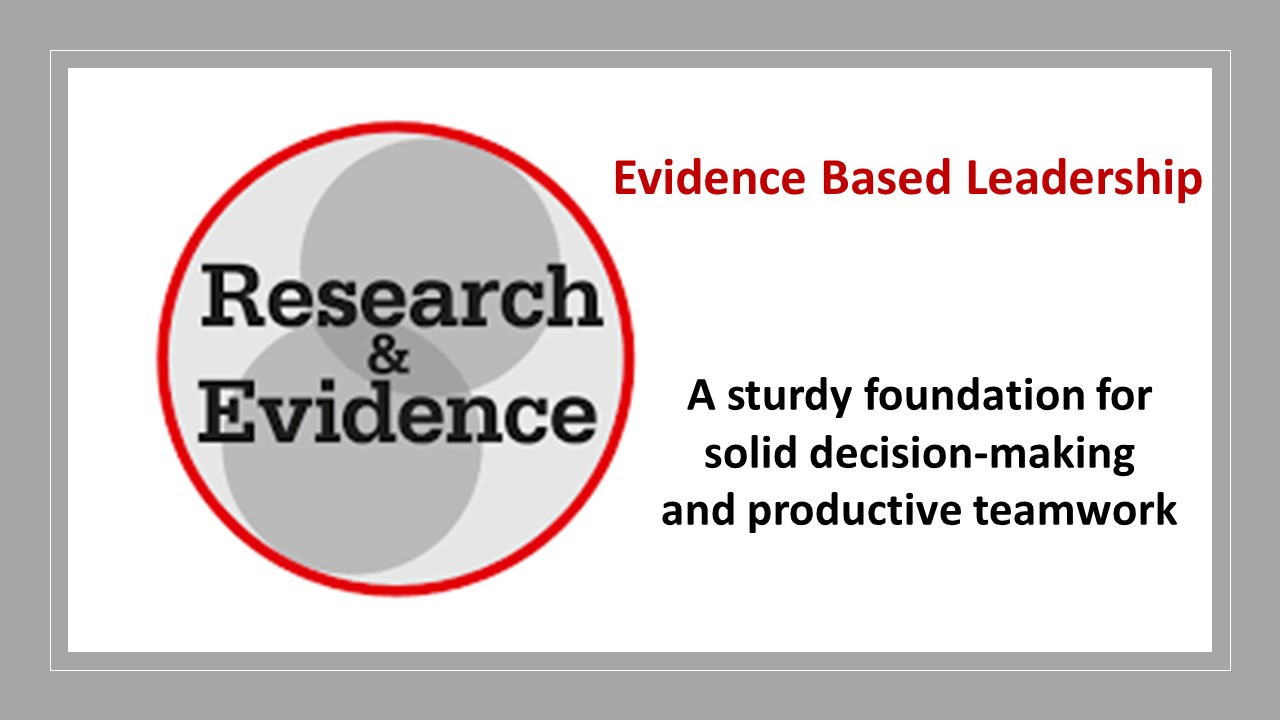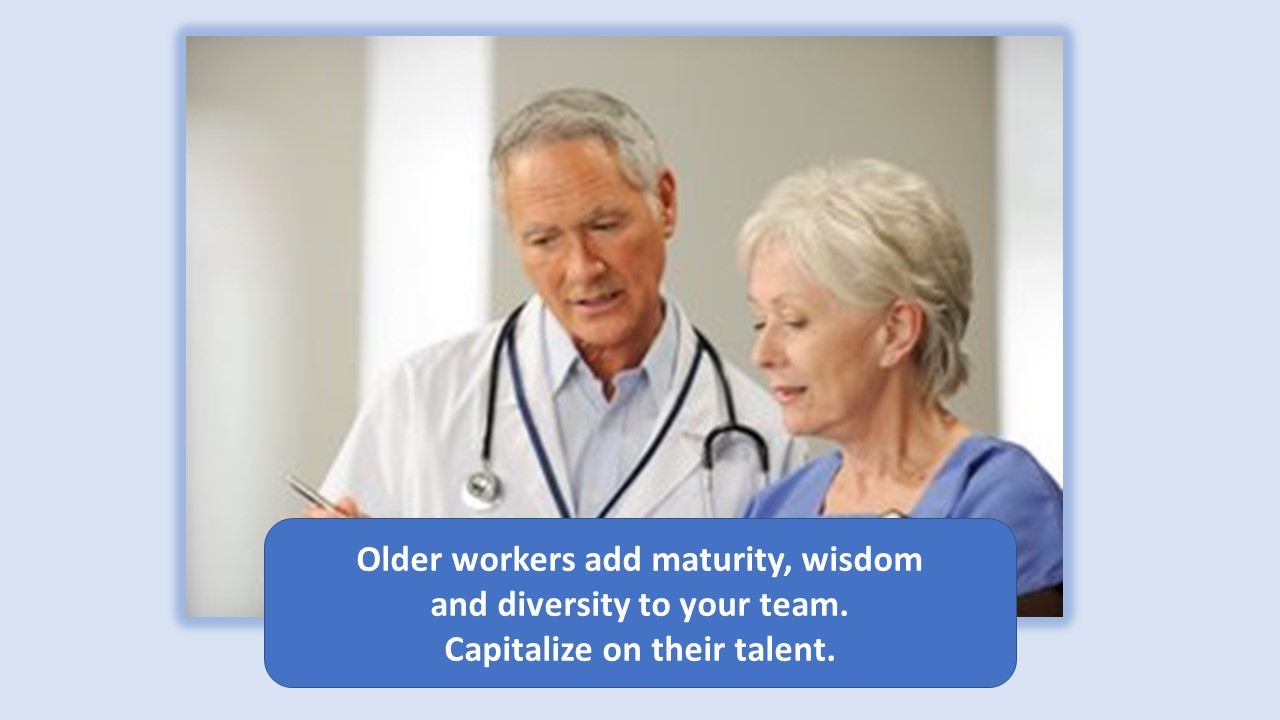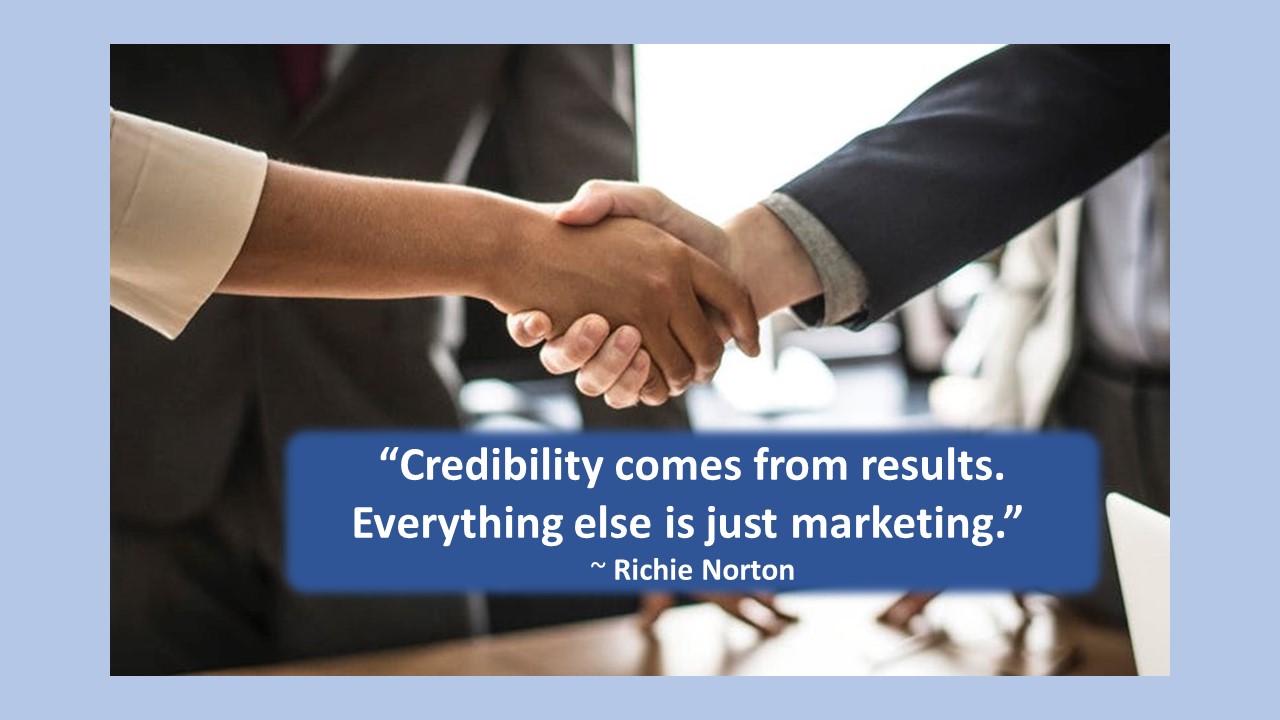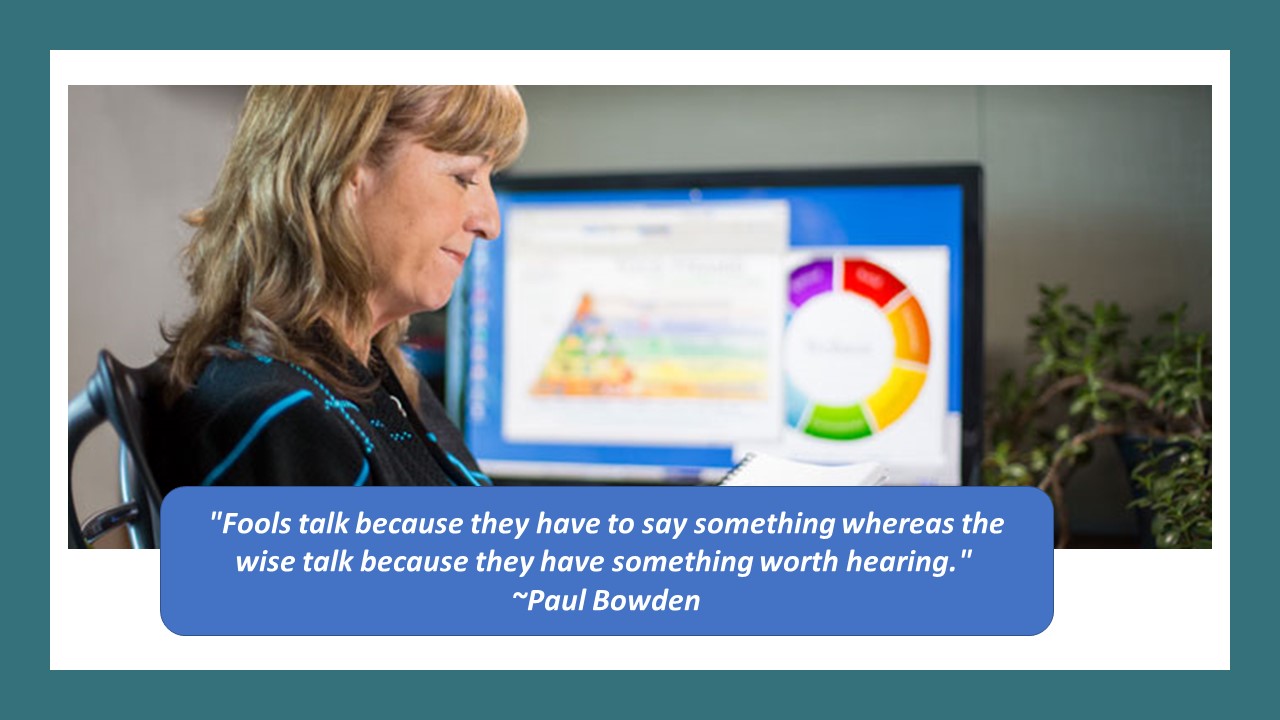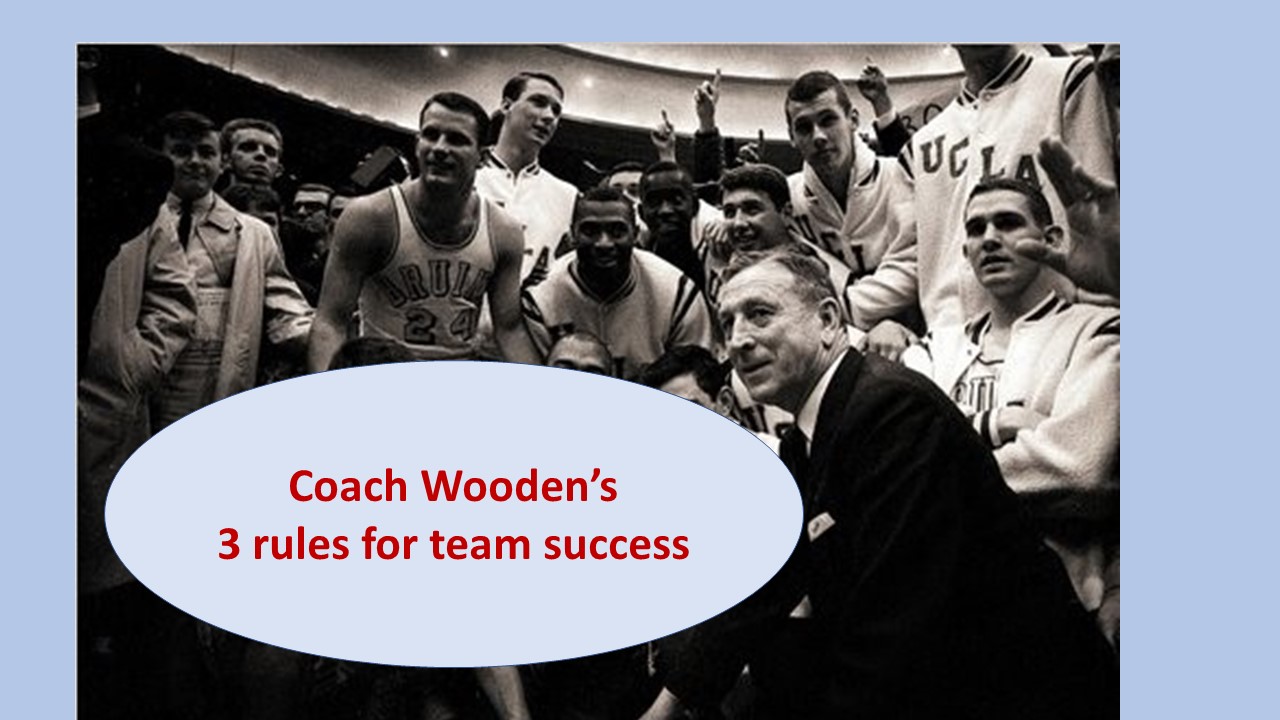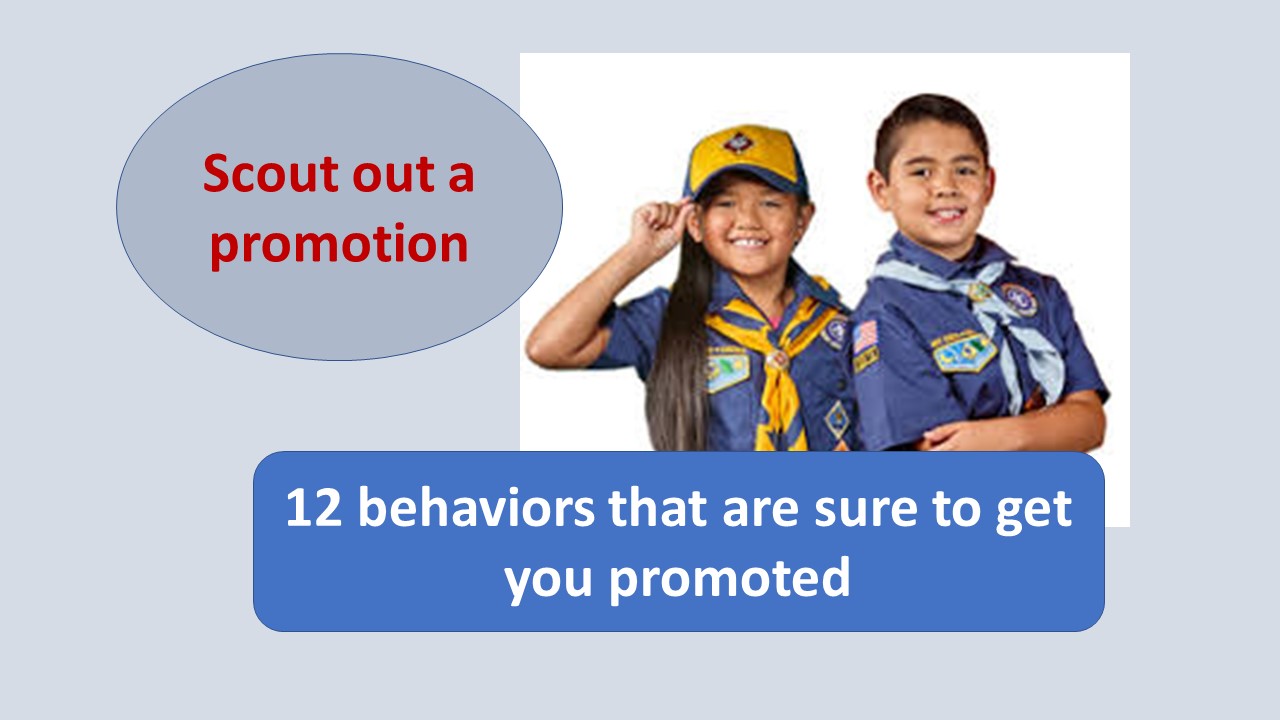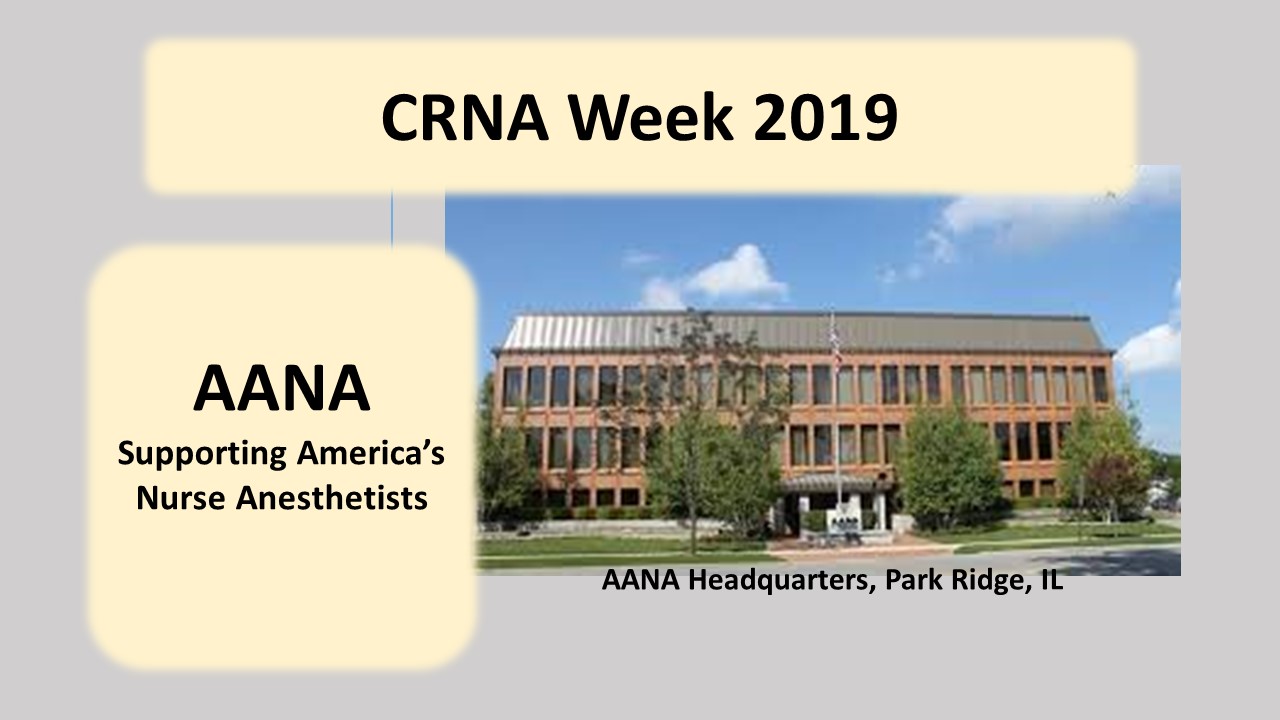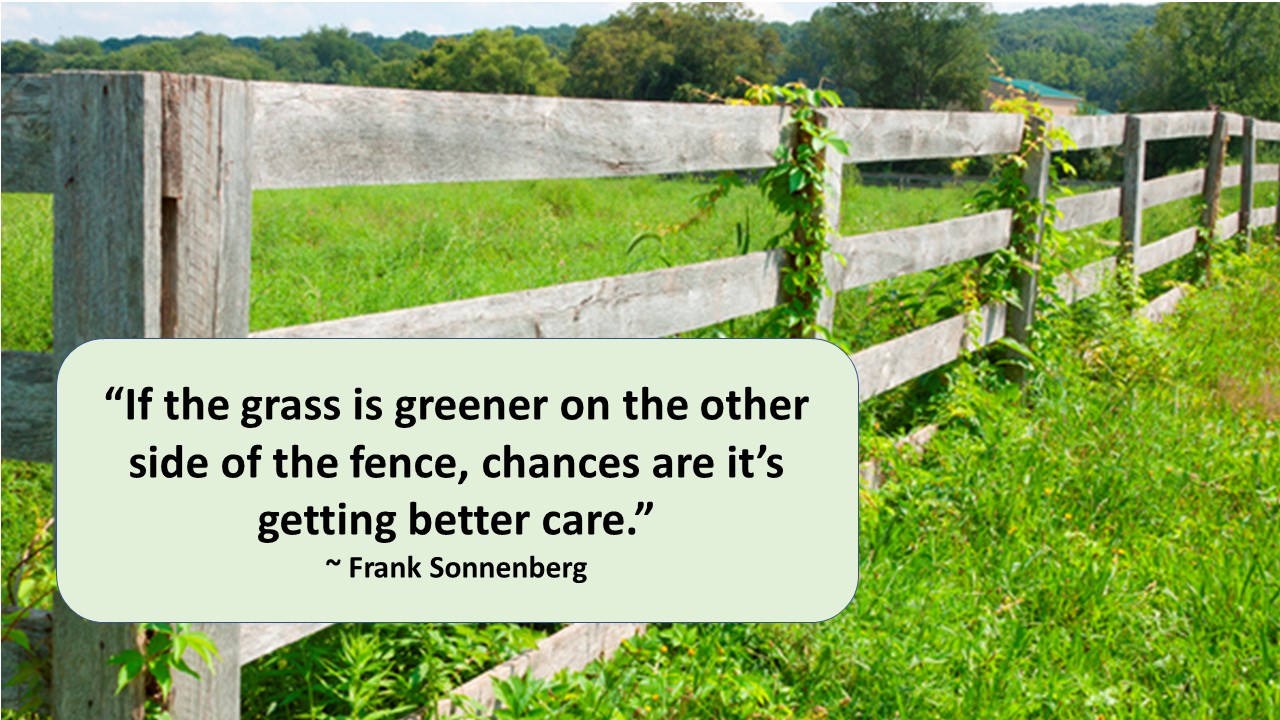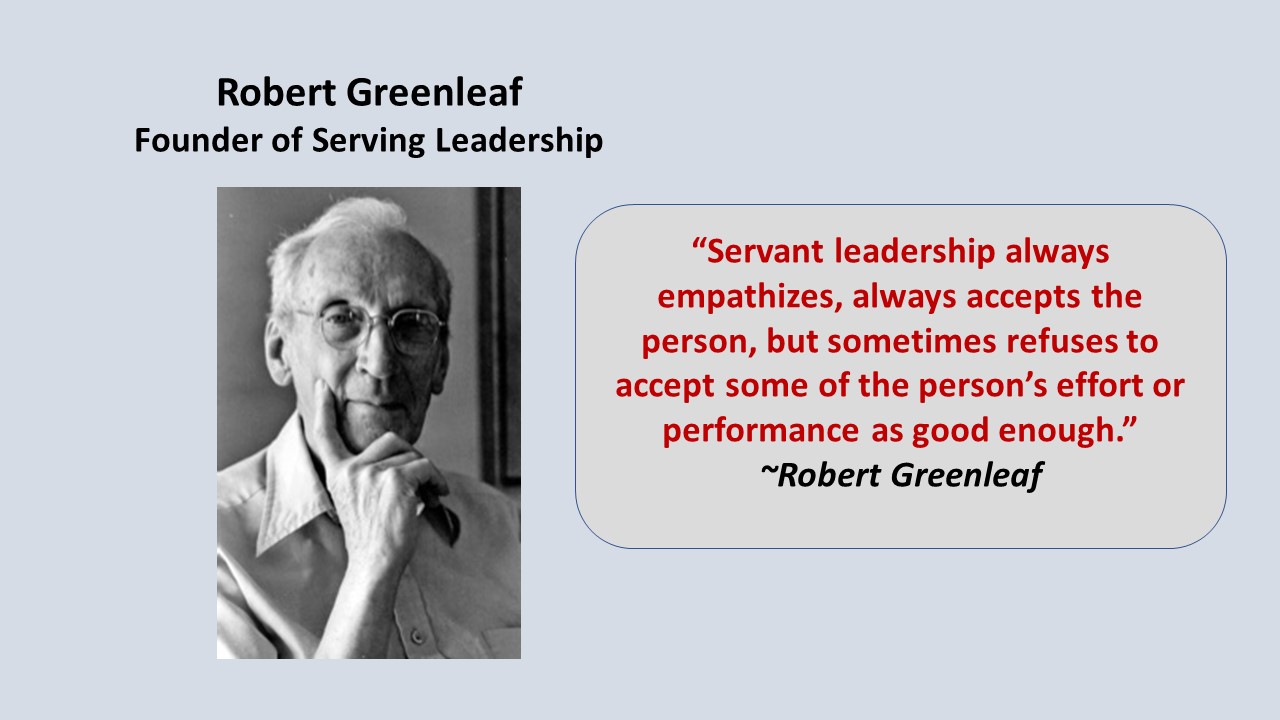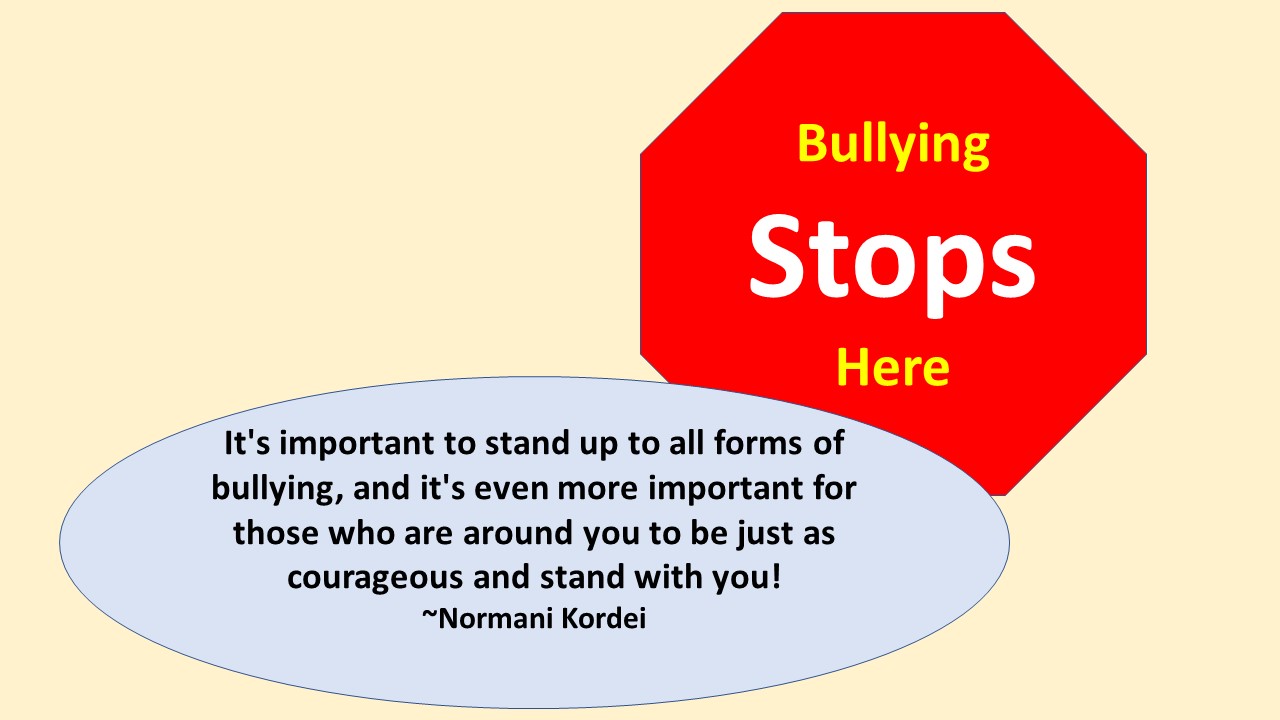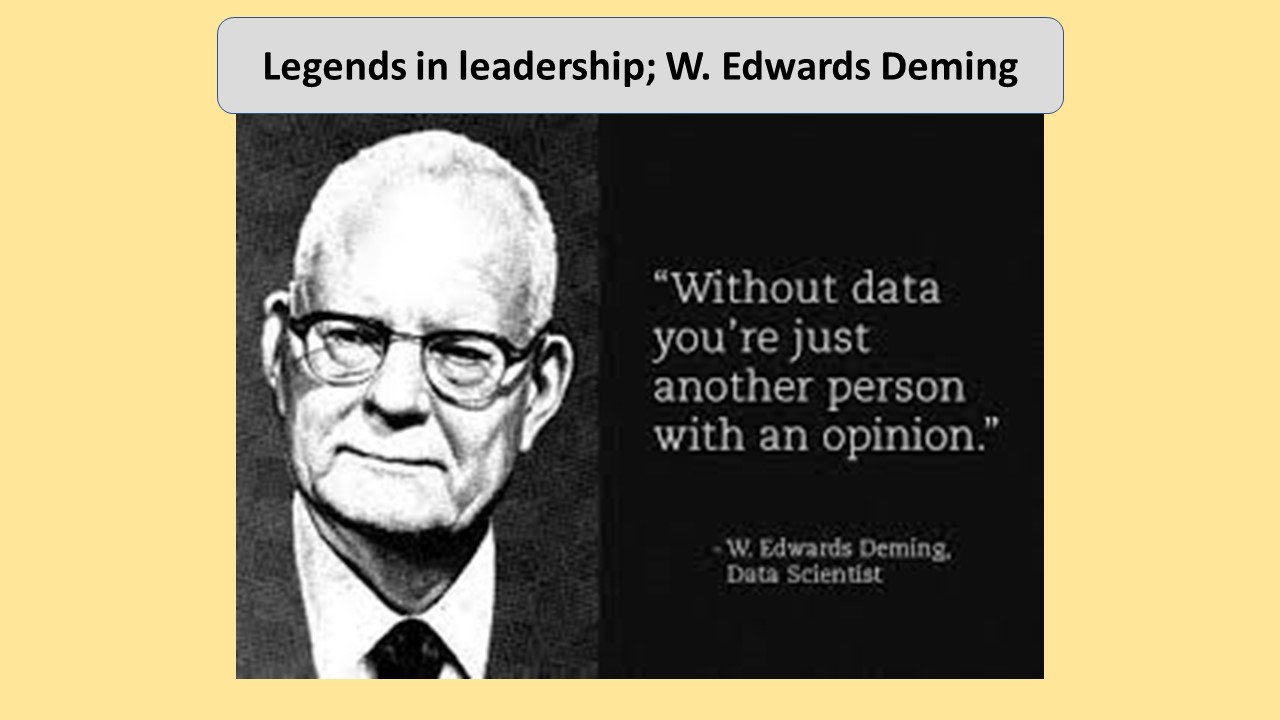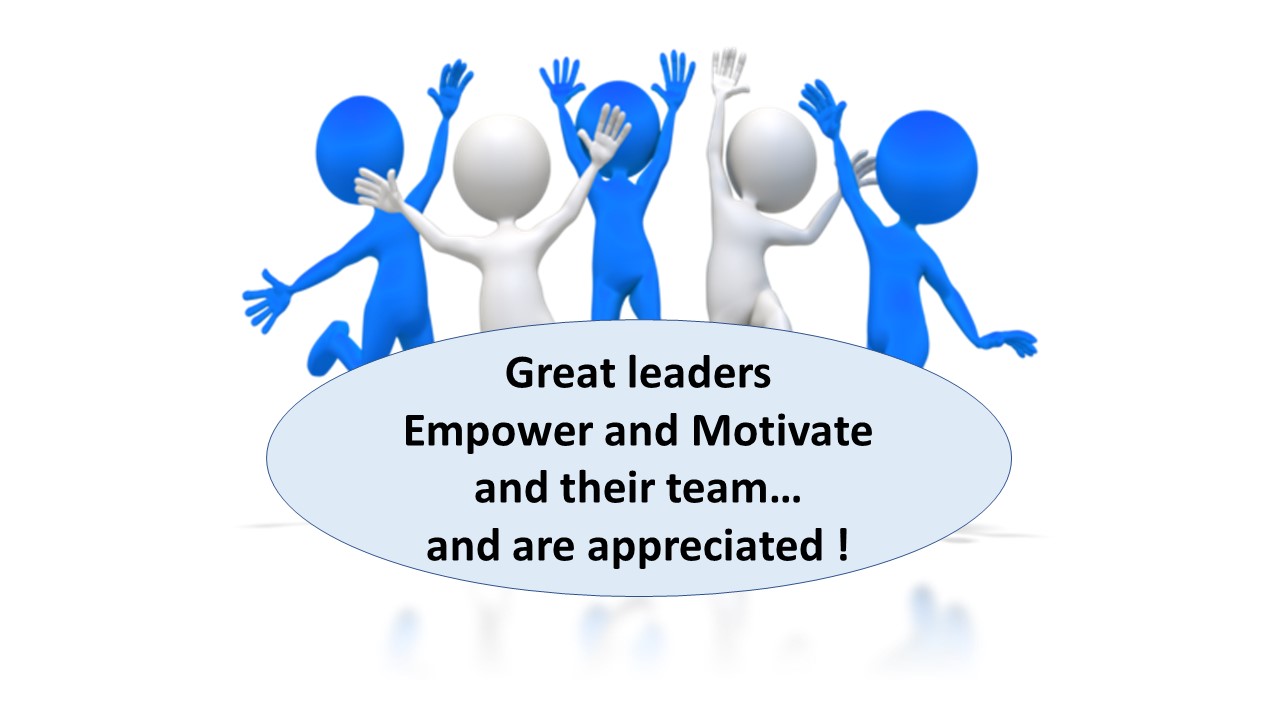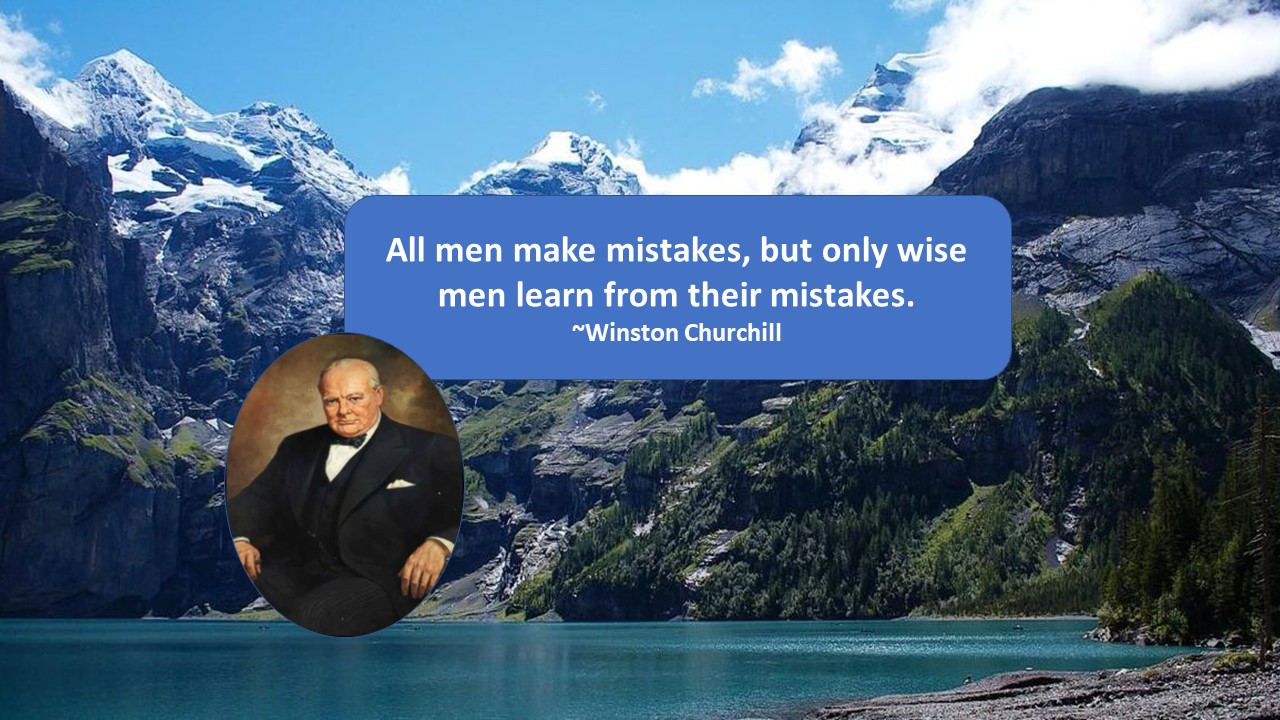By Tom Davis, CRNA, MAE, DNAP candidate
Follow @procrnatom on twitter
The blog-o-sphere is clouded with management and leadership articles about how to attract fabulous applicants, how to build an elite team and what it takes to retain the top performers. On the flipside, there is a paucity of information to guide workers who are searching for the right job with the best boss. Unfortunately, highly qualified workers are sometimes wooed into joining a team only to find that they have hitched their wagon to the wrong horse. The Balance Careers writer Susan Heathfield affirms the importance of finding the right boss, noting that that working for a poor boss is the most common reason given by a person who leaves a job. People don’t leave jobs, they leave bad leaders. In fact, having the right boss may be the single most important factor related to happiness and success in a position. When you hit the job market, be an informed shopper who avoids chasing pay and benefits. Focus your search on finding the right boss.
Chief Technical Officer at Dailymail online, Oleg Vishnepolsky writes, “Choose a boss, not a job. A boss that supports you, trusts you and believes in you will make a great difference in your career.” That sounds simple and would be if only you could go online and click “order” and “submit.” Ordering a boss from Amazon is not possible, yet, there are a few things that you can do as you apply and interview for your next job. Adopt the mindset that you are interviewing them just as they are interviewing you and take responsibility for your future.
Start your search by doing your homework and reading blogs regarding the common traits of a great boss. From the articles, make a list of traits that satisfy your own requirements. If your list parallels the essentials identified by others, it will include some of these items:
- Communicates effectively with a pleasant personality
- Has a vision
- Makes decisions based on shared values
- Sets expectations and provides resources
- Provides timely feedback
- Demonstrates honesty, transparency and respectfulness
- Cares about each worker on a personal level
- Values the perspective that each person adds to the group
- Is focused on team development
- Has your back, cuts you slack while maintaining standards
- Is a working partner who provides mentoring and professional development
- Makes the workplace enjoyable
- Recognizes and rewards superior performance
The list is followed by the search. Stumbling on Happiness author Daniel Gilbert gives a comprehensive, evidence-based review of how people perceive and react to various situations. Based on solid research by behavior scientists, he concludes that one of the best indicators of whether you will like something are the reviews of others whom you trust. So, ask questions of someone who knows your next boss. Is the person happy at work, fulfilled by his/her job and would he/she recommend the job to a best friend? According to Gilbert, it is likely that your experience, good or bad, will parallel theirs.
After talking with people who know your next boss, your quest continues during the application/interview process. If you detect a heavy presence of red tape and bureaucracy as you apply, don’t expect it to be any different once you are on the job. Be certain to read the job description carefully, looking for key words related to teamwork, collaboration and professional development. Read the mission, vision and values of the organization and determine if they are reflected in the job description. If not, they are just words on a web site and are not part of the corporate culture.
At some point during the interview you will be asked whether you have questions and that is the opening that will allow you to learn about the leadership style of your next supervisor. Have a list of written, open-ended questions that will get your next boss talking about him/herself and your future colleagues. IMPORTANT: Word your questions in a manner that does not make the person defensive. Asking, “How do you…?” or, “Why do you…?” is personal and may generate a cautious answer. Instead, “Tell me about…,” or “How does the organization handle…?” gives a platform for the person to spill the beans without being put on the spot. NOTE: if someone other than your next boss does the interview, it is a red flag that you will have a supervisor who is isolated and does not connect with workers. Listen carefully as the person answers. Dialogue that is “I” oriented with the leader describing all the wonderful things that he/she has accomplished is a red flag. Empowering Leaders who elevate their workers and create preferred workplaces will respond in terms of “we” while crediting the team for accomplishments. It is a particularly good sign when your next boss names people on the team who played an important role in implementing a plan or achieving a goal. Here are a few questions to ask when you interview
- Why is this position open? This is a question to ask “trusted others.” If it is due to expansion or retirement, that is fine and you will be told; however, if the void was created by people jumping ship, after you sign on, you will quickly learn why they left.
- What is the greatest achievement of your team in the past year? This indicates whether the job is ho-hum, day to day routine or if there is a vision and shared goal. It also gives you one more opportunity to listen to the leader taking credit or giving it.
- How does the organization handle staffing shortages? A supply of local per diem workers that cover vacations can be healthy; however, if a significant number of shifts are filled by expensive locums who were imported from other parts of the country, it indicates that the team is having difficulty hiring new members locally and leadership may be the reason.
- What is your favorite part about leading this team? Listen and you will learn about the person’s basic leadership style. Is the focus on command and control or is it on empowerment and professional development?
- A year from now I’m at my first annual performance review and I have had an exceptional year; describe it. Listen to the response and discern what is most important to your new boss. Some will emphasize compliance with policy and high production numbers. Others will talk about professional growth and the important contribution that you make to the team the organization. In the middle are those who describe managing the status quo. You know which to choose.
Some people go through an interview and get lucky, happening into an job in a supportive workplace; others roll the dice during the process, hopeful that the job works out but ready to move on if it doesn’t. A lot of preparation is required for both interviewer and candidate in the process of learning about each other. As part of the prep, acquiring the attitude that you are choosing your chief will position you to weed out poor bosses and sign on with a real leader who wants to hire and promote the best and is the best.
Tom is a noted author, enthusiastic speaker, committed leadership developer and superb clinical anesthetist. Contact tom@prosynex.com to book a speaking engagement.
